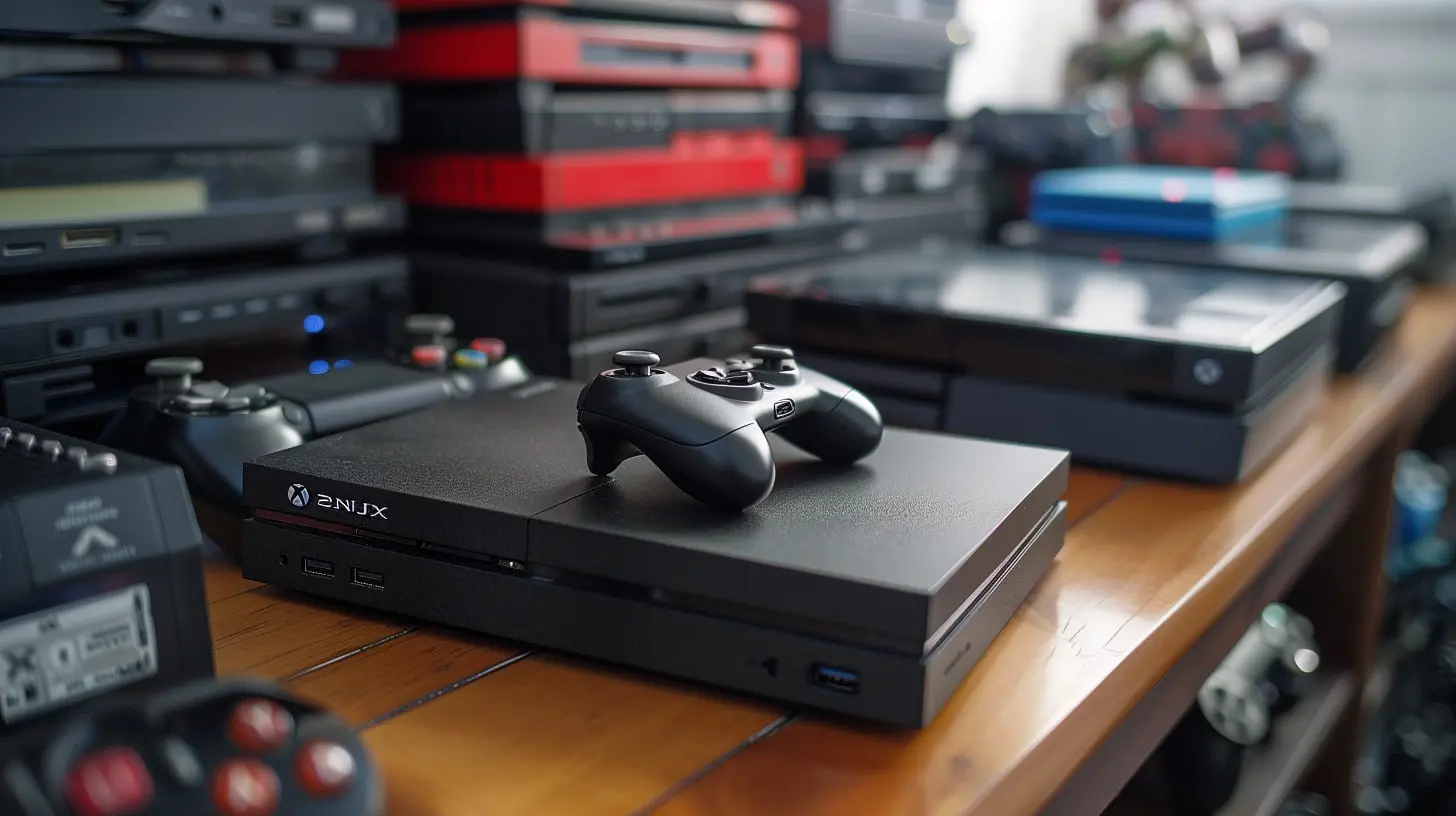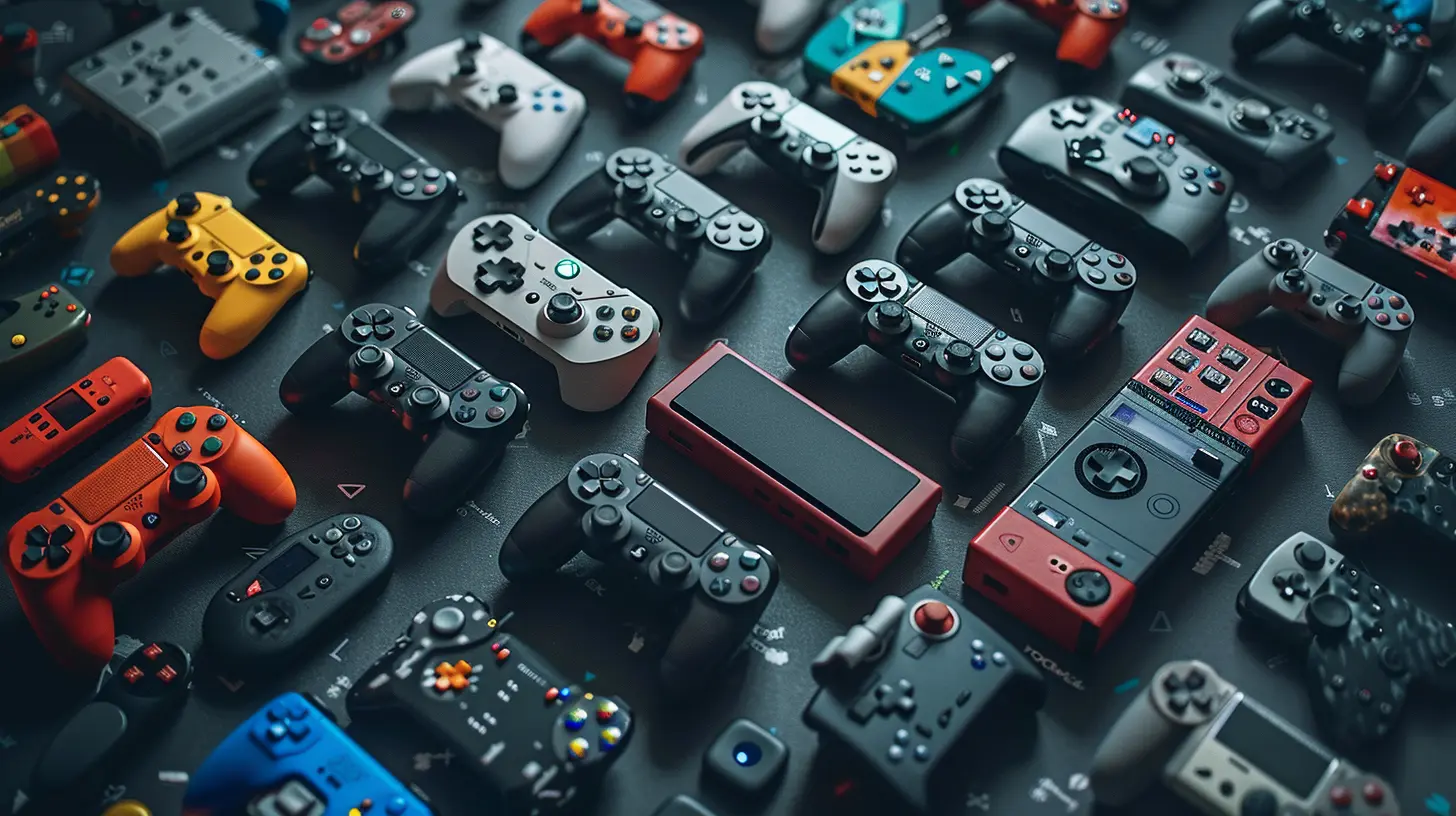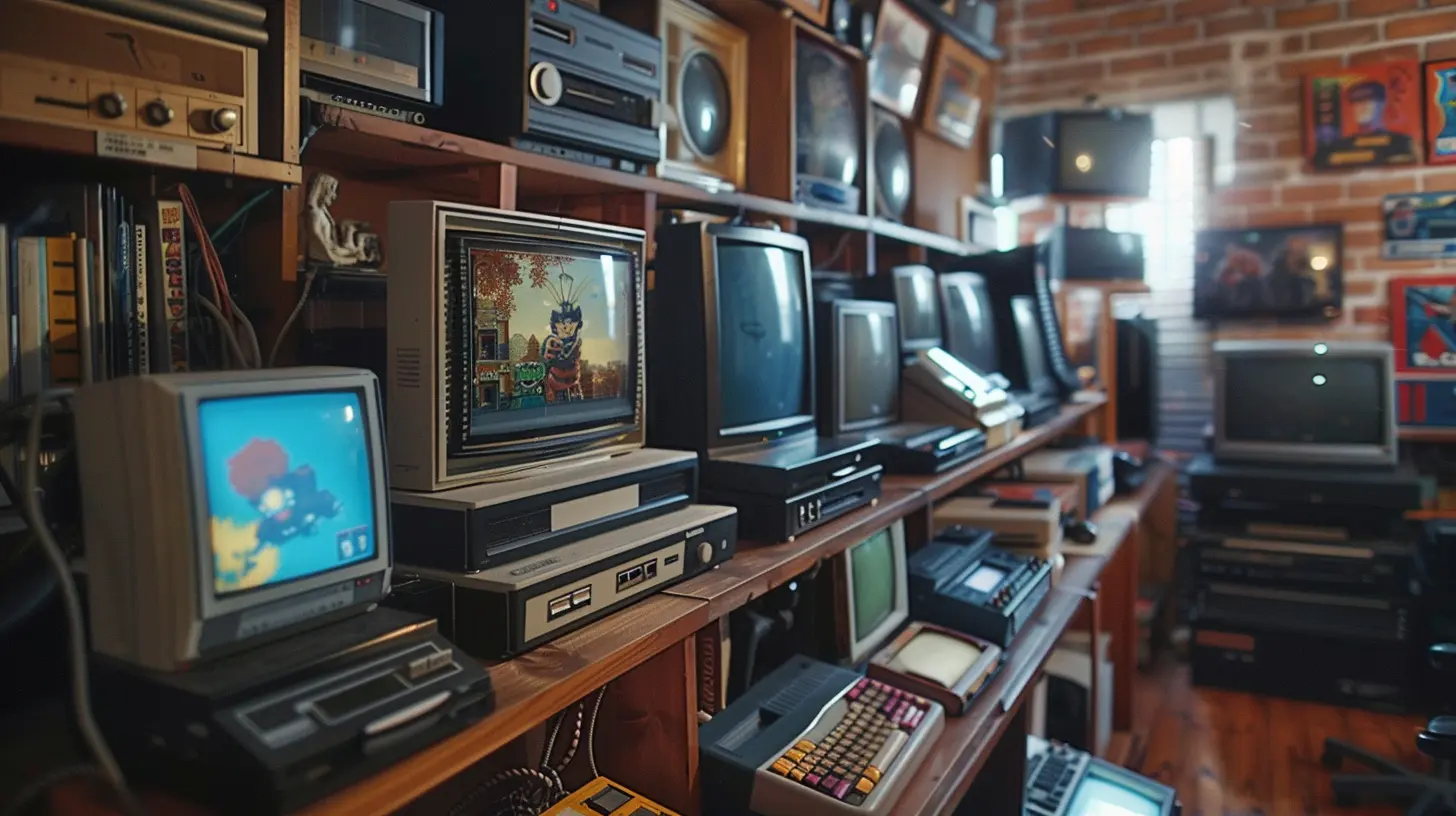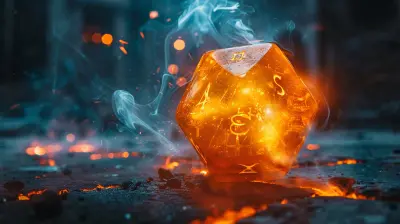Exploring the Evolution of Next-Gen Gaming Consoles
15 August 2025
Ah, gaming consoles—those magical boxes that transport us into virtual worlds, let us live alternate lives, and sometimes bring out our most competitive (and occasionally rage-fueled) sides. Over the years, gaming consoles have gone from clunky, pixel-pushing machines to sleek, futuristic devices that feel like they belong aboard a spaceship. But how did we get from pressing two buttons on an 8-bit system to experiencing fully immersive, 4K virtual landscapes with ray tracing and haptic feedback? Let’s buckle up and take a nostalgic yet exciting ride through the evolution of next-gen gaming consoles. 
The Dawn of Gaming Consoles
Before we dive headfirst into the “next-gen” era, we’ve gotta rewind the clock. Imagine it’s the late ’70s. Bell-bottoms are in full swing, and disco music is blasting everywhere. Somewhere in a living room, a family gathers around an all-too-ancient TV, furiously twisting paddles on their Atari 2600—a console that was nothing short of revolutionary at the time. This baby helped kick off the home gaming era, bringing simple games like Pong and Space Invaders to the masses.Back then, gaming was like a toddler learning to walk. Sure, it wasn’t flashy or fast-paced, but it was charming in its simplicity. It got people hooked, planting the seeds for the gaming industry we know today. 
The ’80s and ’90s: The Age of 8-Bit and 16-Bit Warzones
Fast-forward to the ’80s. Gaming had leveled up (literally), and suddenly, Nintendo crashed the scene with the unbeatable juggernaut that was the NES (Nintendo Entertainment System). Who can forget Mario jumping on Goombas or Link slashing through dungeons? The NES wasn’t just a console—it was a cultural phenomenon.By the ’90s, we’d entered the era of console wars that felt more intense than a game of Mortal Kombat. On one side, you had Nintendo, boasting their Super Nintendo Entertainment System (SNES) with crisp 16-bit graphics that amazed everyone. On the other hand, Sega Genesis rolled in, claiming to be “doing what Ninten-don’t.” Yeah, they played dirty, but it worked. Sonic the Hedgehog became Sega's poster boy, running so fast he made Mario look like he was stuck in quicksand.
This era was all about competition, and it pushed gaming tech forward. Larger game cartridges, better graphics, and improved soundtracks—everything was getting an upgrade. Heck, this was the time you finally felt like video games weren’t just a kids’ toy anymore—they were cool. 
The 3D Revolution: Gaming Gets Depth
The mid-to-late ’90s were an absolute goldmine for gaming innovation. Gamers transitioned from flat, 2D levels to expansive 3D worlds that felt, well, real (at least for the time). This was the era that introduced us to Sony’s PlayStation and Nintendo 64 (N64).Let’s talk about the N64 first, a console built for couch multiplayer chaos. If you didn’t yell at your siblings over a game of Mario Kart 64 or lose friendships over GoldenEye 007, you were probably playing it wrong. Meanwhile, Sony’s PlayStation offered something different—a vast library of unique games and jaw-dropping FMV (full-motion video) cutscenes that made our jaws hit the floor.
Life-changing characters like Lara Croft, Crash Bandicoot, and Solid Snake were born in this era, and gamers were hooked. Also, memory cards became essential, introducing millions to the joy (or agony) of saving your progress. 
The 2000s: Enter the Online Gaming Era
By the time the 2000s rolled around, gaming consoles were no longer just for solo adventures. Gaming had gone online, and everything changed.Microsoft threw its hat into the ring with the Xbox, offering not just the console, but also Xbox Live, which allowed players to connect with others across the globe. Suddenly, it wasn’t just you versus the game—it was you versus the entire world in Halo 2. Trash talk? Oh, it became the language of gamers everywhere.
Sony wasn’t too far behind, though. The PlayStation 2 (PS2) became the best-selling console of all time and offered an insane variety of games. Whether you were carjacking in Grand Theft Auto: San Andreas or practicing guitar riffs in Guitar Hero, the PS2 delivered something for everyone.
And let’s not forget Nintendo. The GameCube might not have dominated sales-wise, but it gave us gems like Super Smash Bros. Melee. Oh, and then came the Nintendo Wii, which got everyone off their couches and into embarrassing living-room dance-offs. Admit it—you totally tried to keep up with Just Dance.
The Last Decade: HD, 4K, and the Beginnings of Next-Gen
Around 2013, gaming consoles decided, “You know what? Let’s make everything look as close to reality as possible.” The PlayStation 4 (PS4) and Xbox One were kings of this era, pushing 1080p HD graphics to new heights. Games were no longer just games—they were cinematic experiences. Titles like The Last of Us and Red Dead Redemption 2 proved that storytelling in games could rival the best movies out there.Oh, and let’s not forget about Nintendo Switch, which swooped in with its hybrid design and undeniable charm. Who knew portable and docked gaming could coexist so harmoniously?
Cloud gaming also started to creep into the picture, with services like Google Stadia and Xbox Game Pass promising gamers the ability to stream games without ever downloading them. The future felt like it was right around the corner.
The Present: What Makes a Console “Next-Gen”?
So, here we are—welcome to the next-gen era of consoles. But what actually defines a “next-gen” console? Is it the fancy hardware? The mind-blowing graphics? The shockingly fast load times? Well, it’s kind of all of the above.Take the PlayStation 5 (PS5) and Xbox Series X/S as examples. These consoles feel like gaming on steroids. The PS5’s SSD loads games so fast you barely have time to blink, while the Xbox Series X offers a powerhouse of performance that feels like it could launch a rocket. Both consoles boast ray tracing—a technology that makes lighting and reflections so realistic, you half expect to see your own face in the water of a video game lake.
And let’s not forget about immersive features like the PS5’s haptic feedback and adaptive triggers, which make you feel the tension of drawing a bowstring or the rumble of a roaring engine. Gaming isn’t just about seeing anymore—it’s about experiencing.
The Future: Gamers, Get Ready
Looking ahead, the future of next-gen gaming consoles is as exciting as it is unpredictable. Will we enter an era of VR and AR dominance, blurring the lines between virtual and real? Will consoles go fully digital, ditching physical games entirely? Or will cloud gaming truly take off, letting us play anything, anywhere, on any device?One thing’s for sure—it’s an amazing time to be a gamer. Consoles are more than just machines—they’re gateways to unforgettable adventures, awkward dancing moments (looking at you, Wii), and endless nights of laughter (or maybe tears of frustration).
And who knows? Maybe one day, we’ll have consoles that can read our minds and craft custom-tailored gaming experiences. (But hopefully not ones that talk back when we rage-quit.)
Final Thoughts
The evolution of gaming consoles has been nothing short of extraordinary. From humble, pixel-filled beginnings to the jaw-dropping, photo-realistic worlds of today, consoles have constantly pushed the envelope. They’ve connected us, challenged us, and even given us a reason to battle for control over the TV in the family room.So, here’s to the past, present, and future of gaming consoles. Whether you’re a retro gamer who still cherishes their SNES or someone eagerly waiting for the next PS5 update, there’s no denying that these boxes of wonder have shaped the way we play, compete, and dream. And honestly? It’s only getting better from here.
all images in this post were generated using AI tools
Category:
Gaming ConsolesAuthor:

Aurora Sharpe
Discussion
rate this article
1 comments
Berenice McDowney
Next-gen consoles: where the only thing evolving faster than graphics is my snack game!
September 6, 2025 at 5:11 AM

Aurora Sharpe
Absolutely! The evolution of gaming consoles goes hand in hand with our snacking habits—both are getting better and more immersive!


